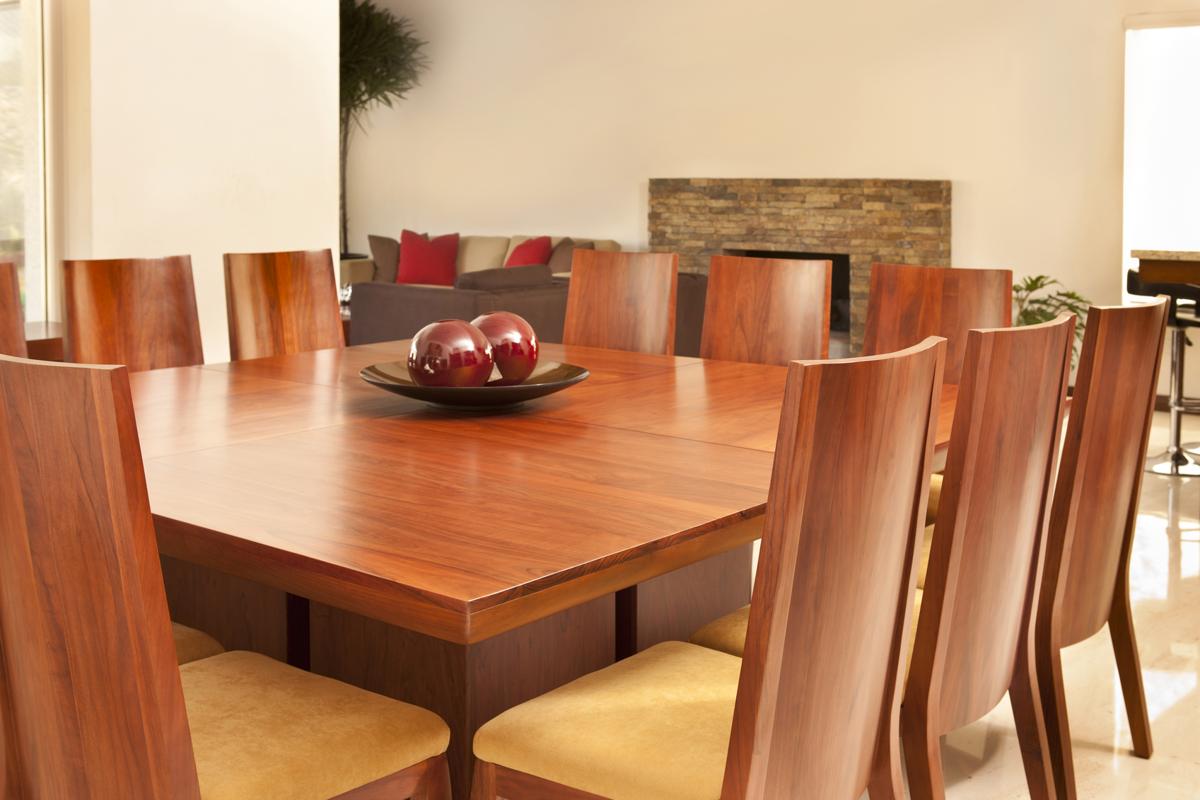Before 1900, most furniture was made with woods like walnut, oak, mahogany, rosewood, fruitwoods, and rare wood veneers and inlays were in commonly used. American Colonial furniture was dependent on the local availability of wood. Their furniture was made with maple, oak, walnut, birch, and cherry, as well as pine. The preferred furniture woods were readily available, so less attractive or durable woods were used only for hidden parts inside a piece. For this reason, pre-1900 furniture is almost always worth restoring. As these preferred woods have become scarcer and more expensive, furniture has been made with more abundant woods; the traditional favorites have become rare.

Furniture Wood Basics
Today, most furniture is made with ash, pine, gum, fir, and other inexpensive woods that are mostly used for hidden parts. The rare woods like walnut, oak, mahogany, rosewood are used only for very good furniture, and they’re often used in combination with the less expensive woods. By you being able to identify the type of wood or woods used for your furniture can help you determine your furniture’s real value is. Identifying your furniture’s wood can sometimes be the deciding factor in figuring out if your furniture is worth being refinished or if it should be thrown away. Who knows, maybe there is a chance that your beat-up old dresser was built with what today is considered a rare wood and is really a valued piece of great furniture after its refurbishing! To determine things like this you will have to examine your pieces of furniture for their details, identifying marks, and things of that nature to help you identify the type of wood used to create it that piece of furniture. Knowing the basic characteristics in all woods, such as hardness, grains, and color helps a lot too in identifying the wood your furniture is made of and your furniture’s value as well.
Wood Characteristics
There are 3 basic characteristics in all woods and that is the wood’s hardness, grain, and color. The simplest way to describe a wood is to label it as a hardwood or softwood. But even by identifying your furniture’s wood that way can be deceptive to the untrained eye because not all hardwoods are hard, and not all softwoods are soft! This is because the hard wood and soft wood classification is a botanical one and not just something that you can get from its visual look or feel. In general hardwoods are form flowering trees while softwoods are conifers which are They are cone-bearing seed trees like cedars, cypresses, douglas-firs, firs, junipers, pines, redwoods, etc. Although most hardwoods are harder than most softwoods there are exceptions to that too. Hardwoods are more valuable than softwoods because hardwood in general is more scarce then most softwoods. But even that doesn’t tell the whole story because there are woods like gum, for instance, that is a hardwood and competes in price with softwoods.
The practical way to identify wood is by its grain and color. This is because the cell structure of a tree is different for each species and determines its grain. Hardwoods will have tubular cells called vessels that are visible as pores in the wood. For example, if the cells are large then the texture of the wood will be slightly rough or open. If this is the case then filler may be needed to smooth the surface of that wood. If the cells are small then the texture will be smooth. Woods that are described as close-grained don’t require filling and are already pretty smooth. Examples of open grained wood are Oak, walnut, ash, mahogany, rosewood, and teak. Examples of closed grained wood are beech, birch, maple, cherry, satinwood, gum.
All trees have annual growth rings that are made up of the cells formed during each year’s growing season. Some grains have clearly defined rings while others are more slight and harder to see. There are all kinds of different looking rings too. There are straight grains, stripes, swirls, waves, curls, ripples, eyes, etc. The colors of the wood can range from white and yellow to red, purple, and black. In general every species has its own particular grain and color which helps to identify the wood and its characteristics. Furniture woods are chosen and valued for the character of their grain and color. Some general rules are that Hardwoods usually have a richer and finer-textured grain than softwoods. Woods with very distinctive patterns are usually more valuable than woods with subdued or non-distinct patterns. Weaker-grained woods are often stained to give them character.
How to Assess Your Wood
It may seem difficult at first but you’ll find it easier as you gain experience. Experts recognize various woods by smell, touch, color, and grain. When you take the time to assess the wood that your furniture is made of you should think about things like the woods age, its style, its color, and its grain. Another thing to check is the wood’s veneer or inlays. Veneer is a thin layer of wood glued to a base of less expensive wood or plywood. In old furniture, veneers and inlays of rare woods were often used to form designs or special effects. In modern furniture, veneers are used primarily where solid wood is unavailable or too expensive. Veneers are fragile, and they can be damaged by refinishing techniques so take a good look at your furniture before you start to work on it.







